Online marketplaces are a hot topic in today’s ecommerce industry - but it’s really no surprise. For consumers, they provide a safe, simple way to browse through a wide variety of competitively priced products. For brands and online retailers, they offer easy access to a massive pool of online shoppers. It’s a win-win. Perhaps this is why, according to Forrester Analytics, 50% of B2C online sales took place through marketplaces in 2016, a number that is expected to increase to 70% by 2022.
The ecommerce industry is filled with thousands of online marketplaces around the world. While some are small to medium-sized or designed to serve specific niche or regional markets (e.g. Etsy or FNAC), others have quickly made a name for themselves as leaders of the online marketplace revolution.
In this article, we’re going to take a closer look at three of the world’s most prominent online marketplaces: Amazon, Alibaba, and Walmart. We’ll walk you through how they compare, how they differ, and more importantly, which one(s) could be best suited for your business.
Amazon Marketplace

Chances are, you’ve probably heard about, if not purchased from, Amazon Marketplace. With over 310 million monthly active users, Amazon.com is one of the most visited websites in the world. It’s easy-to-use interface paired with its high number of sellers make it a perfect shopping experience for anyone looking to find a good deal quickly.
Amazon Marketplace facilitates B2C selling, while the new Amazon Business was launched for B2B purchases. The products on Amazon Marketplace are listed by third-party sellers or Amazon itself. Products listed by Amazon are most often purchased from its vendors who are brand manufacturers that sell wholesale to the marketplace giant.
Key figures

Advantages
- __Positive reputation__: With outstanding customer support and ease-of-use, Amazon as a company has a globally positive reputation. Listing products on Amazon Marketplace is a way to leverage this reputation and increase your number of online sales. This leads to increased sales and a boost in customer acquisition.
- __Highly trafficked__: With 1.87 billion visits per month, Amazon.com is the most visited web page in the US. Having your products listed here is a surefire way to increase your online product visibility.
- __Global presence__: Amazon Marketplace has websites in 15 countries and shoppers buying from 180+ countries across the globe. Because of this reach, it can be an excellent way to enter new markets and reach a wider audience.
Disadvantages
- __Heavy competition__:__Amazon Marketplace is crowded with third-party sellers, as it does not limit how many companies can sell the same item. Therefore, it is one of the most competitive marketplaces and requires effective pricing and SEO strategy.__
- __Strict product feed requirements__: Amazon is notorious for its strict category-dependent product feed requirements. From accessing the right feed template and ASIN numbers to structuring your product content and variants, it can cause some headaches. However, it’s good to note that Productsup can help make Amazon product feed preparation quick and painless. ____
- __Limited control over listing__: Amazon only allows for one product details page per unique ASIN. This means that if your product is already listed on Amazon Marketplace by another seller, you need to add your offer to the already-existing listing. Because of this, sellers may find it difficult to change or adjust product information, as the product information is provided by the first seller to list.
Product feed requirements
Amazon provides different inventory files or product feed templates for each of its product categories. This means that what may be required information in the shoe category won’t necessarily be required in the electronics category. That said, there are several key attributes that are required for any product you list on Amazon.

Walmart Marketplace
 third-party sellers until 2016. Now, its B2C online marketplace has 75 million unique SKUs listed and caters to more than 100 million unique monthly visitors.
third-party sellers until 2016. Now, its B2C online marketplace has 75 million unique SKUs listed and caters to more than 100 million unique monthly visitors.
Walmart Marketplace functions a lot like Amazon. Both third-party sellers and wholesalers can list items on its marketplace. Once a purchase is made, the seller remains in control of shipping and return policies. The seller is also always in charge of the pricing.
Key Figures
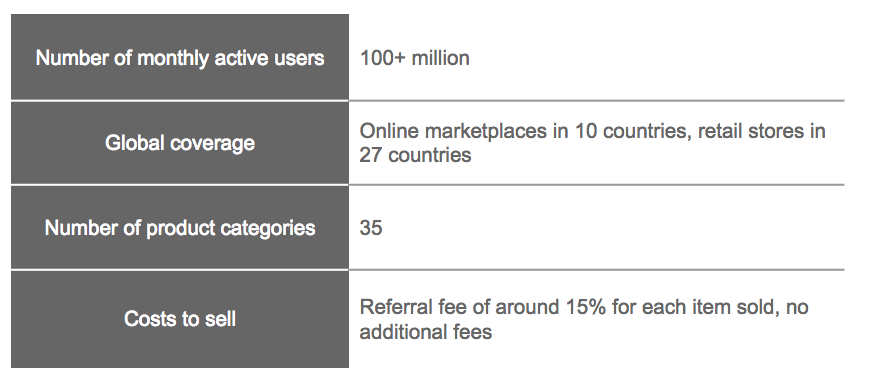
Advantages
- __No listing fees__: Unlike Amazon (which requires sellers to pay listing fees), Walmart Marketplace sellers only pay once they make a sale. This means no monthly or annual seller fees.
- __Less competition____: Since Walmart remains invite-only, it has far fewer marketplace sellers than that of Amazon. Therefore, sellers face less competition, which can help them win more sales.__
- __Trusted brand__: Walmart has been an established, trusted company for nearly 6 decades. Selling on its marketplace means you gain access to 100+ million active monthly shoppers who have no buyer’s hesitation.
Disadvantages
- __Strict entry requirements__: Not just anyone can become a Walmart Marketplace seller. With a strict application process, Walmart looks for notable companies with a proven track record in online marketplace selling. Therefore, sellers must have positive reputations on marketplaces like Amazon and eBay before they can join Walmart.
- __Reputation as cheap__: Walmart has always had the reputation of offering products at affordable prices. Although it does offer premium brands and products in different price ranges now, it is still seen as a budget store. Therefore, some brands may not feel that the cost-effective marketplace is the right fit for them.
Product feed requirements
Like Amazon, Walmart Marketplace feed templates are category dependent. Here are the most common attributes you should plan to include:
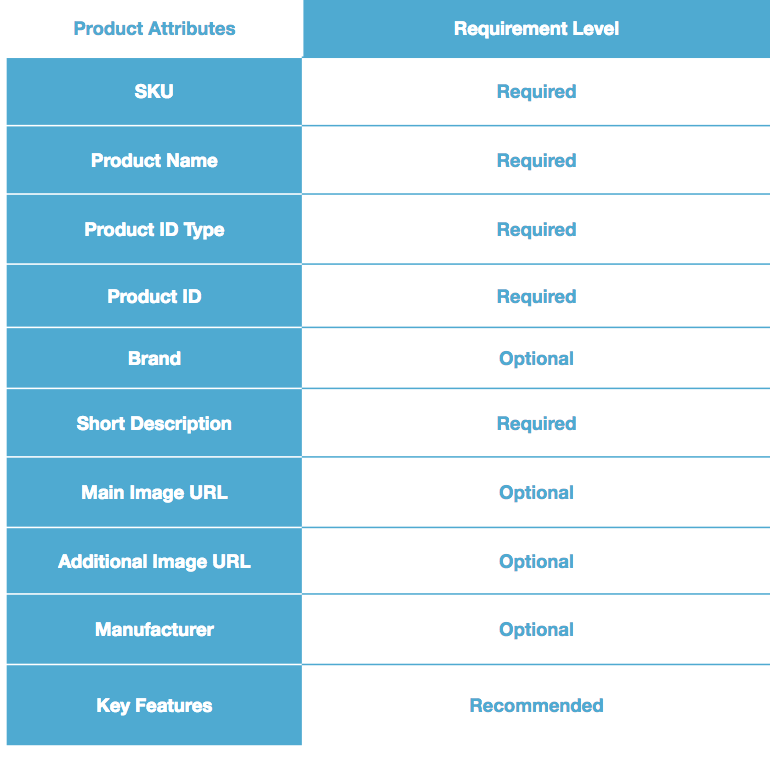
Alibaba (Tmall.com)
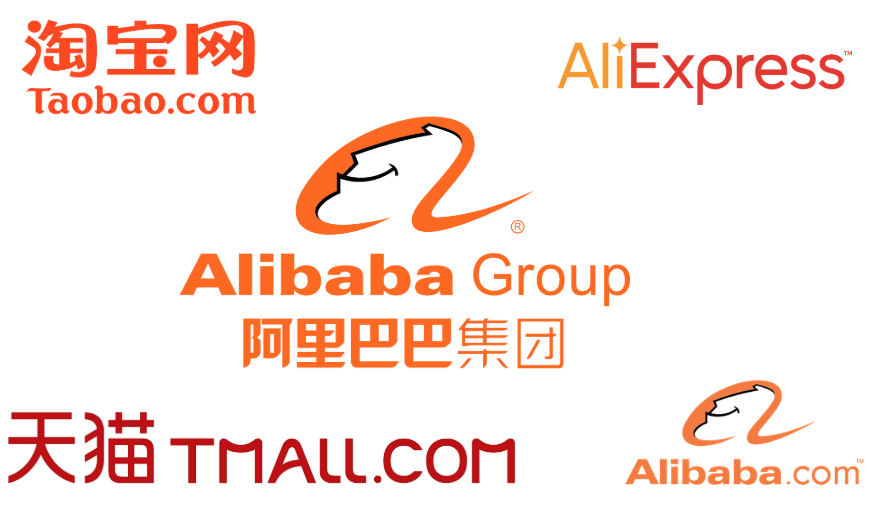
Alibaba Group Holding Limited is Asia’s leading ecommerce conglomerate. The company offers an array of different online marketplaces and services including B2B, B2C, and C2C online shopping portals. Here is a breakdown of the leading sites:
- __Alibaba.com__: Asia’s leading B2B online marketplace which facilitates wholesale selling of products at a global scale.
- __AliExpress__: A B2C online marketplace where users can purchase products directly from manufacturers and distributors who are mainly based in China.
- __Tmall__: A B2C online marketplace that focuses on branded products.
- __Taobao__: A C2C online marketplace where small and individual sellers can list products directly in front of consumers.
When comparing Alibaba to Walmart or Amazon marketplace, it makes sense to look at its largest B2C marketplace, Tmall, formerly known as Taobao Mall. It is by far the largest and fastest growing marketplace in all of Asia, offering all types of products and owning nearly 60% of all retail ecommerce transactions in China. See the breakdown below:
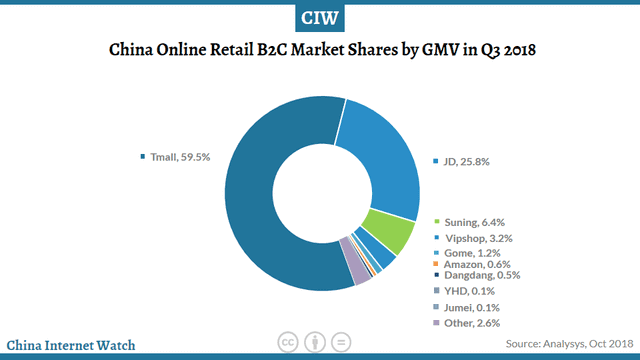
While Tmall requires its sellers to maintain a company entity in mainland China, Tmall Global is open to international companies and can be an easier route to listing your products.
Key Figures
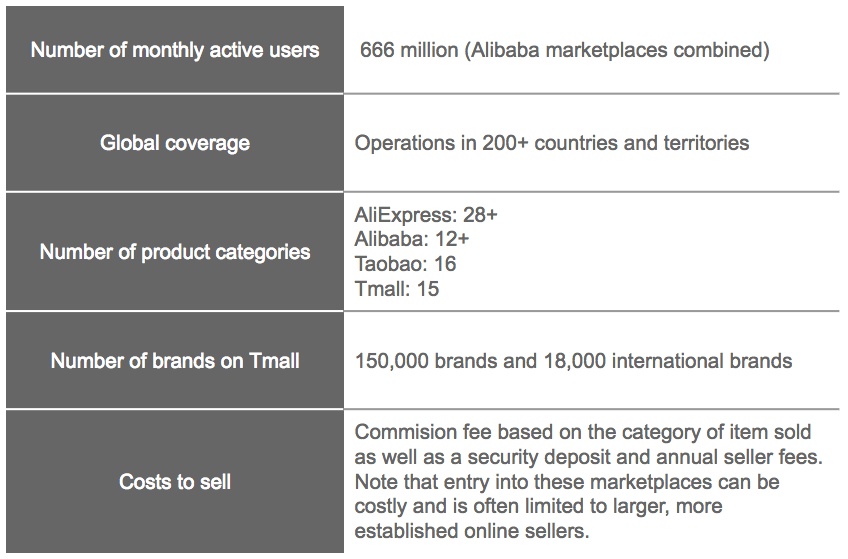
Advantages
- __Simplified entry into Chinese ecommerce ecosystem__: China has long been an incredibly difficult market for foreign brands and online retailers to enter. Tmall Global is the first of its kind to offer a simple and straightforward way or selling products to millions of Chinese consumers. Moreover, China is known to be a marketplace-driven society and its consumers are much more likely to purchase from an online marketplace than just any online shop.
- __Foreign products in high demand__: There is a huge demand for foreign products in China, especially in the health, beauty, and fashion sector. Considering that most product searches in China are directly on Tmall.com, listing your products there is a great way to make sure your products are directly available where these users are searching.
Disadvantages
- __Costs__: Tmall Global is not the cheapest marketplace to enter and its costs should be closely evaluated before deciding to leverage the channel. An initial category-dependant deposit fee, which varies between $8,000 and $25,000, is required from all sellers as well as an annual service fee of between $5,000 to $10,000. After that, you’ll pay a commission based on products sold.
- __Complex logistics__: Listing your products on Tmall is only half the work. You’ll also need to prepare a solid logistics plan which includes how you’ll handle shipping, returns, and exchanges. One option is to rent a warehouse in China and bulk-ship your items to be stored, which results in faster shipping times and lower shipping costs. Another option is to ship products directly to the consumer from your home country, which can get costly. You’ll also need to inform yourself of any foreign laws and/or product restrictions that may impact your business. On top of that, keep in mind that the translation of your product content may be required.
Product feed requirements
To get your products listed on Tmall or Taobao, you can expect to send a product feed containing the following attributes:
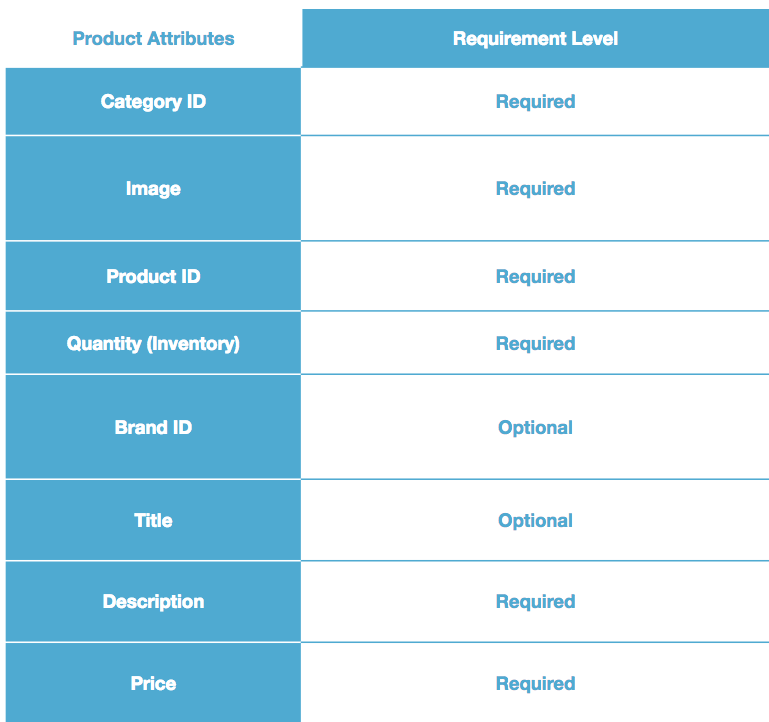
Which online marketplace is right for you?
While many factors go into whether or not a channel is right for your business, there are certain aspects that especially need attention. While Amazon may be the perfect marketplace for some businesses, it may be too crowded for others. Meanwhile, some companies may not be prepared to handle the complex logistics that accompany selling on Tmall.com.
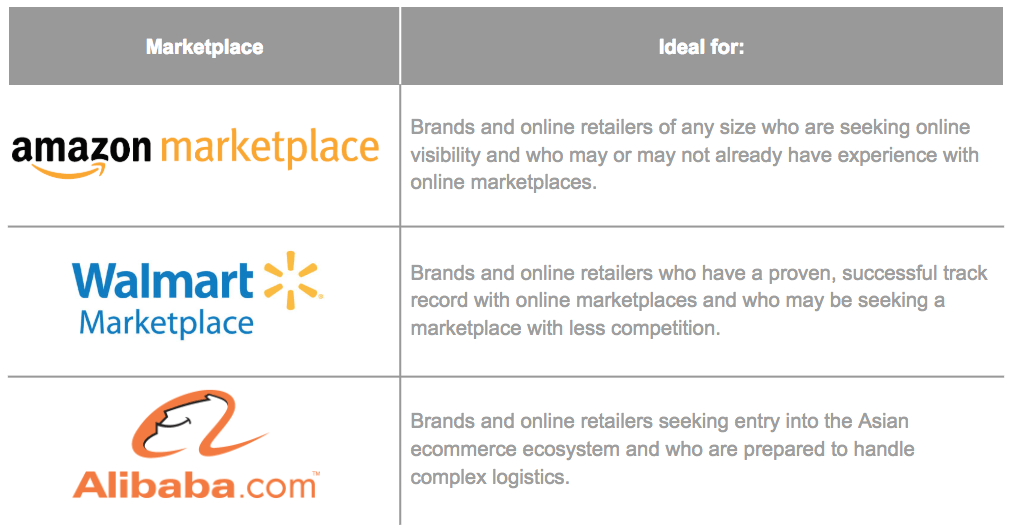
Productsup is an online marketplace enabler
Regardless of which online marketplace(s) you choose, listing your products will require you to submit a complete product data feed. If you’re hoping to get the most value out of Walmart, Amazon, or Tmall, you’ll need to make sure to submit the most complete and high-quality feed possible. Each of these channels will have different product feed rules and regulations that you’ll need to follow in order for your products to be listed. Sound complicated? It’s not, with Productsup!
Productsup is jam-packed with everything you need to create the perfect product feed for any online marketplace. With pre-configured export templates, structuring a feed according to your target channel’s requirements is as simple as a few drags and a few drops. It also includes 200+ data edit boxes that can be applied in bulk with just a few clicks!
Need help with order management? The Productsup Order Management solution enables you to integrate with online marketplaces and automatically sync your orders, saving you both time and headaches. You’re also able to keep your stock levels updated automatically, making sure you’re never listing unavailable products, helping you avoid bad reviews that could impact your marketplace seller reputation.
Ready to take your online marketplace game to the next level? Try Productsup!
![[WP Import] Online marketplace comparison: Amazon, Walmart & Alibaba](http://images.ctfassets.net/q17uls4wkkdz/7jlt6Tu74HF7P28ZUKIrUr/b099cfa9bc6aa62fdd42be687d76a47a/1901-marketplace_comparison_ft_image.jpg?w=1200&h=675&fit=FILL)